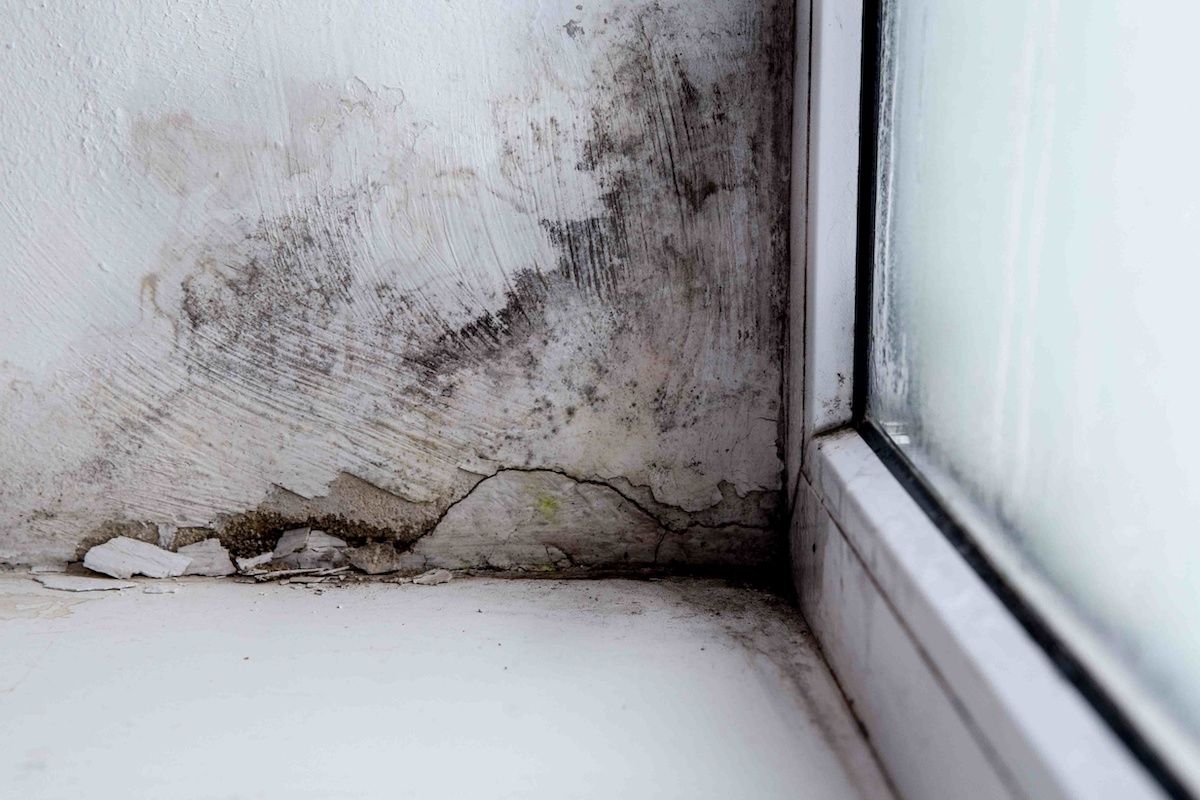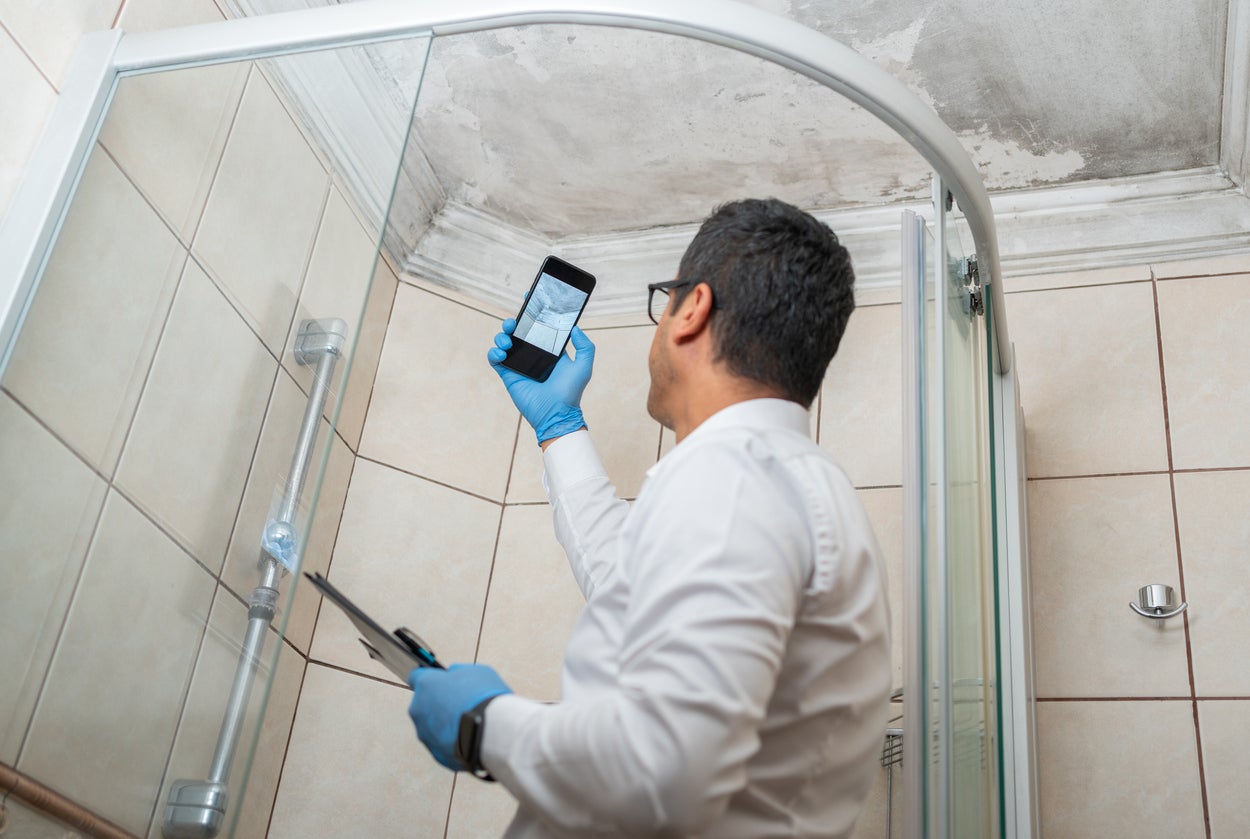After Mold Remediation Strategies for Clean Rooms
After Mold Remediation Strategies for Clean Rooms
Blog Article
Trick Steps for Successful Message Mold Removal
Resolving mold issues in a timely and efficient way is crucial for maintaining a healthy and balanced interior environment. Successfully completing mold removal is a multifaceted process that needs interest to information and adherence to details procedures. From inspecting treated areas to executing moisture control measures, each step plays an essential duty in making certain the effectiveness of the removal procedure. There are crucial post-remediation steps that are similarly essential however typically ignored. These steps not only validate the success of the removal initiatives however also add to stopping future mold development.
Evaluation of Treated Locations
Upon completion of the mold and mildew remediation process, a thorough assessment of the treated areas is vital to ensure the efficiency of the removal initiatives. This assessment functions as a crucial step in the post-remediation stage to validate that the mold and mildew removal and clean-up treatments were effective in eliminating the mold infestation and bring back a secure interior setting. The examination should be carried out by qualified experts that have the experience to assess the remediated locations carefully.
These consist of aesthetic assessments to inspect for any type of indications of mold and mildew growth or water damage, dampness degrees to validate that the location is free and completely dry of excess moisture that might promote mold and mildew re-growth, and air quality screening to make sure that the indoor air is safe to take a breath. Furthermore, the evaluation may entail utilizing specialized devices such as wetness meters and thermal imaging video cameras to spot hidden mold and mildew or moisture pockets that might lead to future mold and mildew issues if left uncontrolled.

Wetness Control Measures
Effective moisture control steps are vital for stopping mold and mildew development and keeping a healthy indoor environment. Additionally, using dehumidifiers in moist locations can aid reduce humidity degrees, making it harder for mold and mildew to grow.
Regularly examining and maintaining the building's outside can likewise protect against dampness invasion. Post remediation mold testing near me. Guaranteeing that seamless gutters are clear, downspouts straight water away from the structure, and the roofing system remains in great problem can assist prevent water from permeating into the structure. Correctly securing home windows and doors can likewise aid keep dampness out
Any type of leaks or spills should be cleaned and dried within 24-48 hours to protect against mold and mildew development. By applying these dampness control actions, the threat of mold reoccurring can be considerably decreased, creating a much healthier indoor setting.
Correct Ventilation Assessment
An integral facet of making sure a healthy interior environment blog post mold removal is conducting a thorough analysis of the ventilation system. Post Remediation Inspection near me. Correct ventilation analysis plays an important duty in protecting against future mold and mildew growth and maintaining air high quality within the damaged space. During the analysis, specialists assess the effectiveness of the air flow system, looking for any blockages, leaks, or malfunctions that might impede correct air movement. It is necessary to make sure that the air flow system is effectively sized for the browse around here area it offers which it satisfies industry standards for air currency exchange rate.
In addition, examining the ventilation system consists of examining the circulation of air throughout the location to identify any kind of locations of bad circulation where wetness and contaminants can build up. Correct ventilation not only aids in controlling moisture degrees but additionally aids in removing airborne mold and mildew spores and various other contaminants, therefore enhancing general interior air quality. By attending to any kind of ventilation issues publish mold and mildew removal, home proprietors can create a much healthier and more comfortable atmosphere for passengers while reducing the risk of mold re-infestation.
Cleaning and Disinfection Protocols
To make sure thorough mold and mildew removal, meticulous adherence to specific cleaning and disinfection protocols is necessary. Cleansing and sanitation protocols play a crucial duty in the post-mold removal stage to avoid the recurrence of mold and mildew development and make sure a healthy and safe setting. The initial step in this process is the removal of any visible mold and mildew development utilizing suitable cleaner and methods. It is necessary to utilize EPA-approved fungicides and anti-bacterials to properly get rid of mold spores and stop their regrowth.
After the first cleaning, complete sanitation of the impacted locations is essential to kill any staying mold and mildew spores and hinder their spreading. This step is important in protecting against the spread of mold and mildew to other components of the building. In addition, implementing preventive measures such as applying mold and mildew inhibitors and maintaining proper air flow can aid lessen the threat of future mold invasions. By following strict cleansing and sanitation procedures, home owners can ensure the effective obliteration of mold and create a healthy and balanced interior setting for owners.
Surveillance and Maintenance Plan
Carrying out a normal tracking and maintenance strategy is essential for making sure the lasting effectiveness of mold remediation efforts. Once mold remediation is completed, it is vital to develop a monitoring schedule to evaluate the success of the removal procedure. This involves on a regular basis evaluating the formerly influenced locations for any type of indications of mold reoccurrence or water damage. By conducting regular checks, any type of brand-new mold and mildew growth can be without delay determined and dealt with, stopping a reoccurrence of the preliminary problem.
In addition, creating an upkeep strategy is crucial to stopping future mold and mildew important site concerns. Normal upkeep not just assists in stopping mold yet additionally contributes to maintaining a healthy interior atmosphere - Post Mold Remediation Report.
Final Thought
Finally, effective post mold removal involves thorough examination of treated areas, execution of wetness control actions, analysis of proper ventilation, adherence to cleansing and sanitation protocols, and establishment of a surveillance and upkeep strategy. These key steps are important to ensure that mold growth is successfully removed and stopped from reoccuring in the future. By following these guidelines, building dig this proprietors can keep a safe and healthy environment for occupants.
Upon completion of the mold and mildew remediation process, a complete examination of the dealt with areas is necessary to make certain the efficiency of the remediation initiatives. These consist of visual assessments to examine for any type of indications of mold growth or water damages, wetness levels to validate that the area is complimentary and dry of excess moisture that could advertise mold re-growth, and air top quality screening to make certain that the interior air is safe to breathe. Furthermore, the evaluation might include making use of specialized tools such as wetness meters and thermal imaging video cameras to detect concealed mold or wetness pockets that can lead to future mold and mildew issues if left uncontrolled. By dealing with any kind of ventilation problems upload mold and mildew remediation, property owners can produce a healthier and a lot more comfy environment for passengers while reducing the risk of mold re-infestation.

Report this page